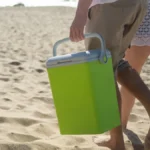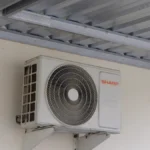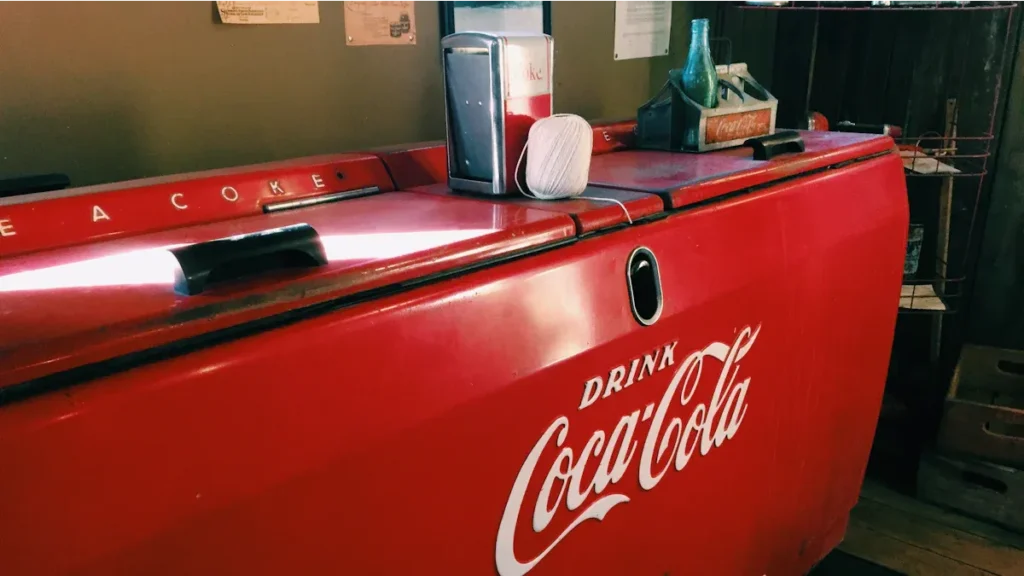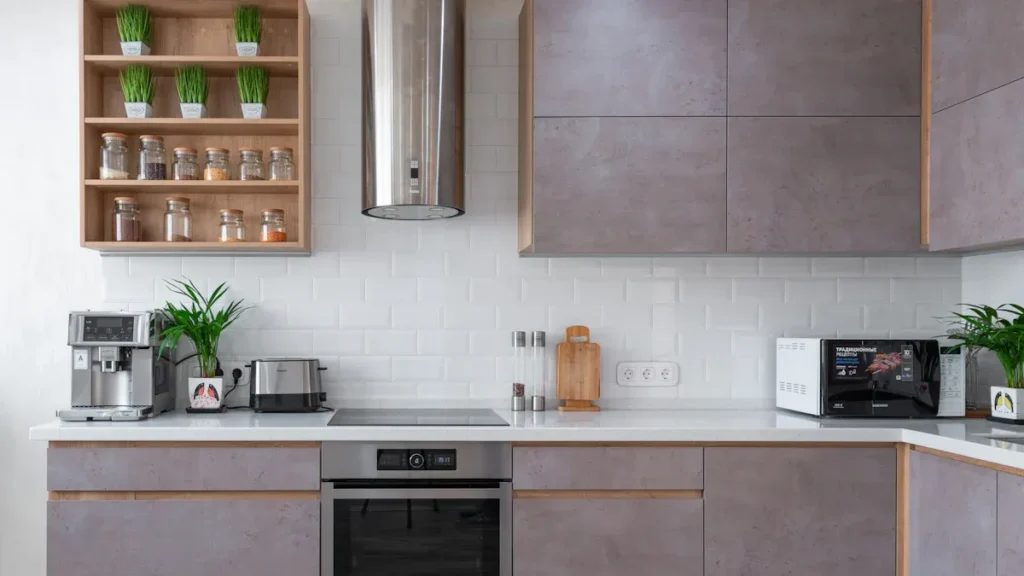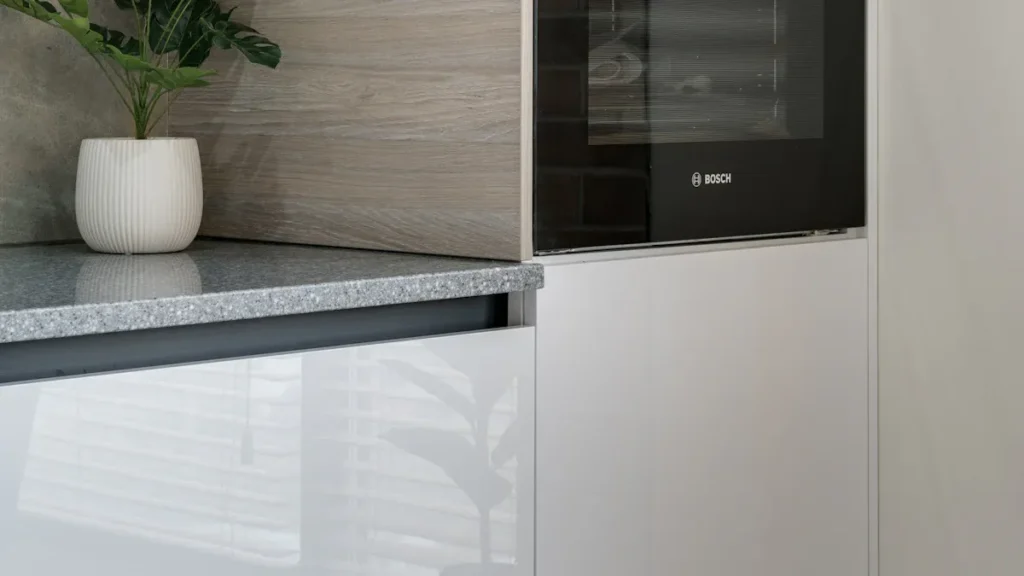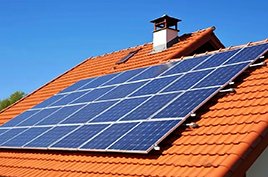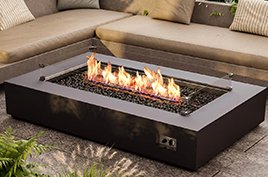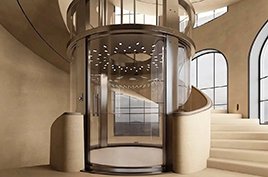When people talk about air conditioners or HVAC systems, the outdoor unit often comes up. This part of your cooling system is very important for keeping your home comfortable. In this guide, we will explain what the HVAC outdoor unit is, why it is placed outside, the main parts it includes, and how it compares to the indoor unit.
1. What is an HVAC Outdoor Unit?
The HVAC outdoor unit, also known as the condenser unit, is the part of your air conditioning system that sits outside your house. It works together with the indoor unit to cool down your home. While the indoor unit pushes cool air into your rooms, the outdoor unit removes the heat from inside and releases it outdoors.
You can usually find the outdoor unit in the backyard, on a balcony, or on the side of a building. It is made to work in different weather. It has protective housing to keep it running well all year.

2. Why is the Condenser Unit Placed Outside?
The condenser unit’s main job is to take heat from your home and release it into the outside air. For this reason, it needs to be placed outdoors. If it were installed inside, the heat would stay trapped in the same space, making cooling impossible.
Placing the condenser outdoors also allows proper air circulation. The fan inside the outdoor unit blows air across the condenser coils, helping the refrigerant release heat more quickly. This design makes the whole HVAC system more effective and energy-efficient.
Another reason is noise control. The outdoor unit has moving parts, such as the compressor and fan motor, which can be noisy. By keeping the unit outside, the sound inside your home is reduced, giving you a quieter indoor environment.
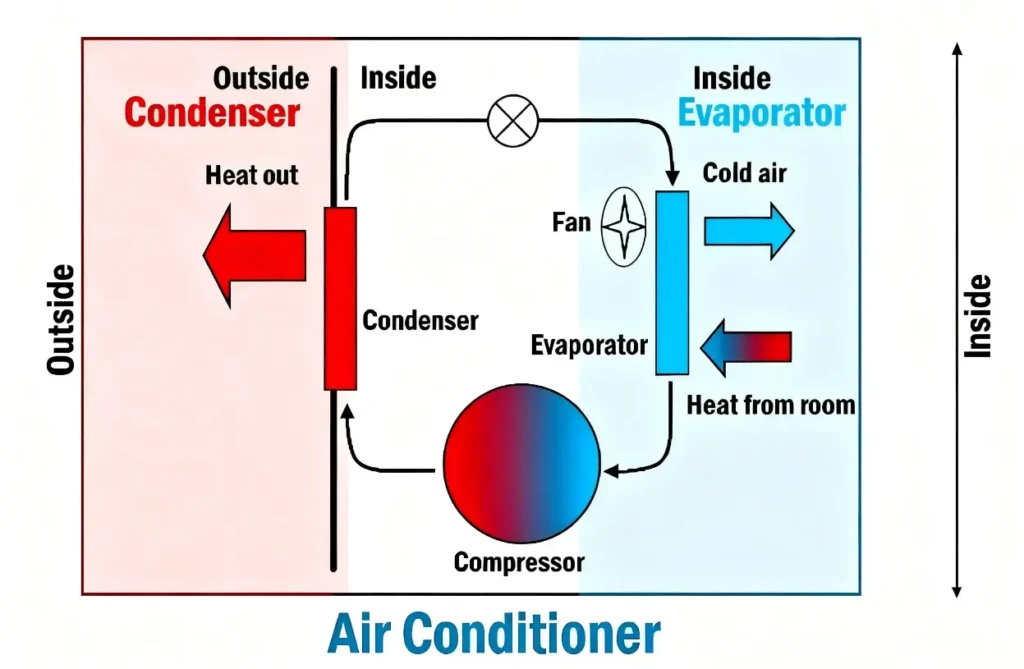
3. Main Components of an HVAC Outdoor Unit
The outdoor unit may look like a simple box, but it contains several key parts that work together to keep your home cool:
- Compressor: The heart of the outdoor unit. It pumps refrigerant between the indoor and outdoor coils, making the cooling process possible.
- Condenser Coils: These metal tubes release the heat that was absorbed inside your home into the outdoor air.
- Fan: The fan pulls outside air across the condenser coils, helping carry heat away.
- Refrigerant Lines: These connect the indoor and outdoor units, allowing refrigerant to flow between them.
- Protective Housing: The metal casing keeps all parts safe from rain, dust, and debris.
Each of these parts plays an important role in making sure your air conditioner works properly and efficiently.
4. Difference Between Indoor and Outdoor AC Units
Many people wonder why an air conditioner has two parts: one indoors and one outdoors. The truth is, both units have different but equally important jobs.
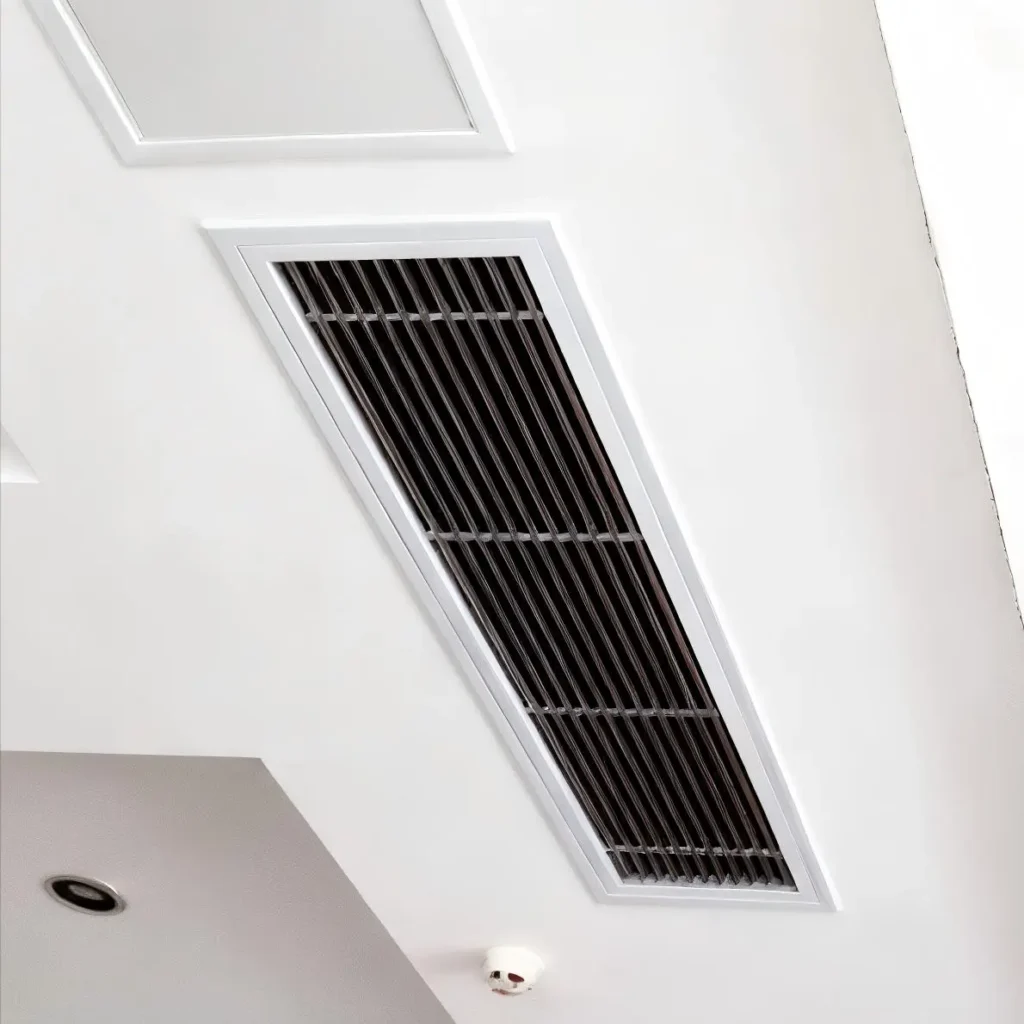
Indoor Unit: This is usually mounted on the wall, ceiling, or hidden in ducts. It pulls warm air from inside your home, cools it using the refrigerant, and then blows cool air back into the rooms.
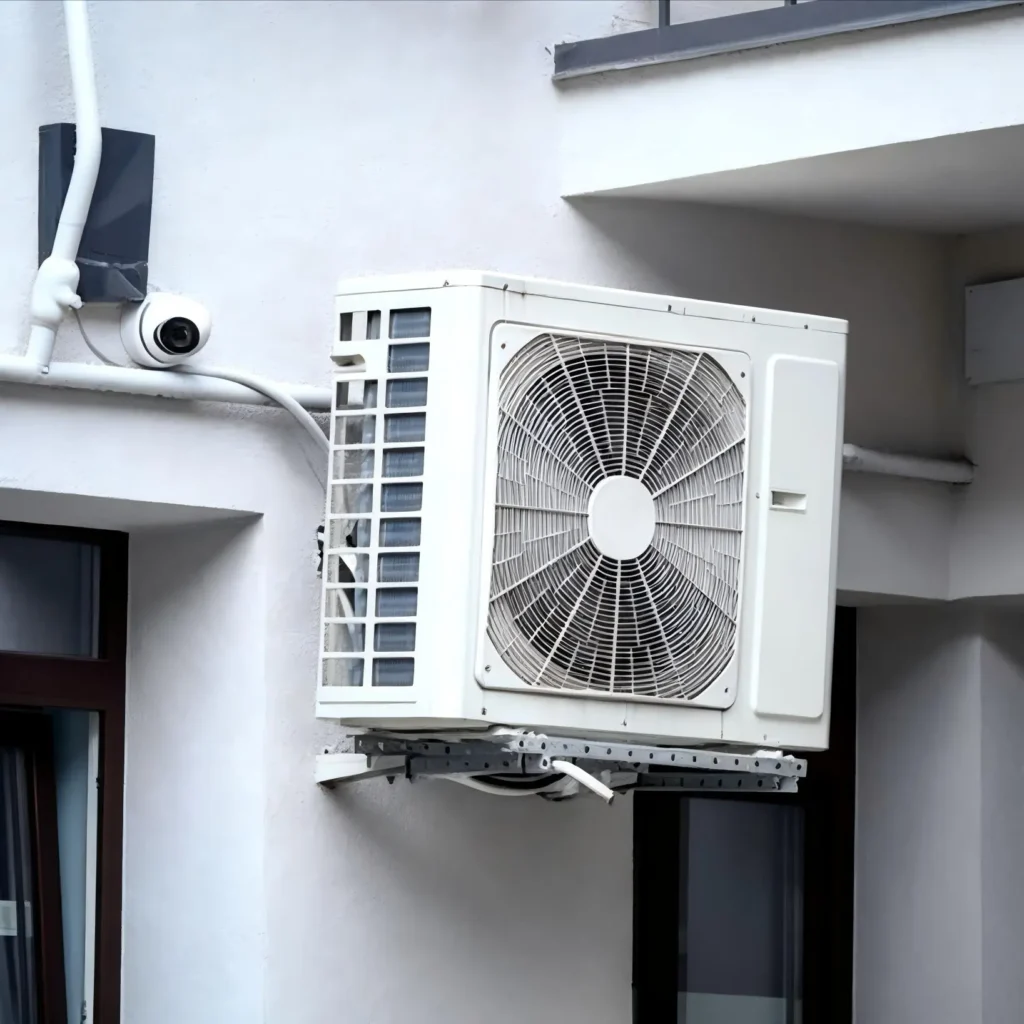
Outdoor Unit: This is where the heat is released. The refrigerant carries heat from the indoor unit to the outdoor unit, which then expels it into the open air.
In short, the indoor unit handles the cooling of air inside your home, while the outdoor unit handles heat removal outside. Together, they create a complete system that keeps your space comfortable.
Final Thoughts
The HVAC outdoor unit is a vital part of your cooling system. It works hand in hand with the indoor unit to keep your home cool, comfortable, and energy-efficient.
If you plan to install a new system or maintain an old one, keep your HVAC outdoor unit clean. Make sure it is well-maintained and placed in an open area.

